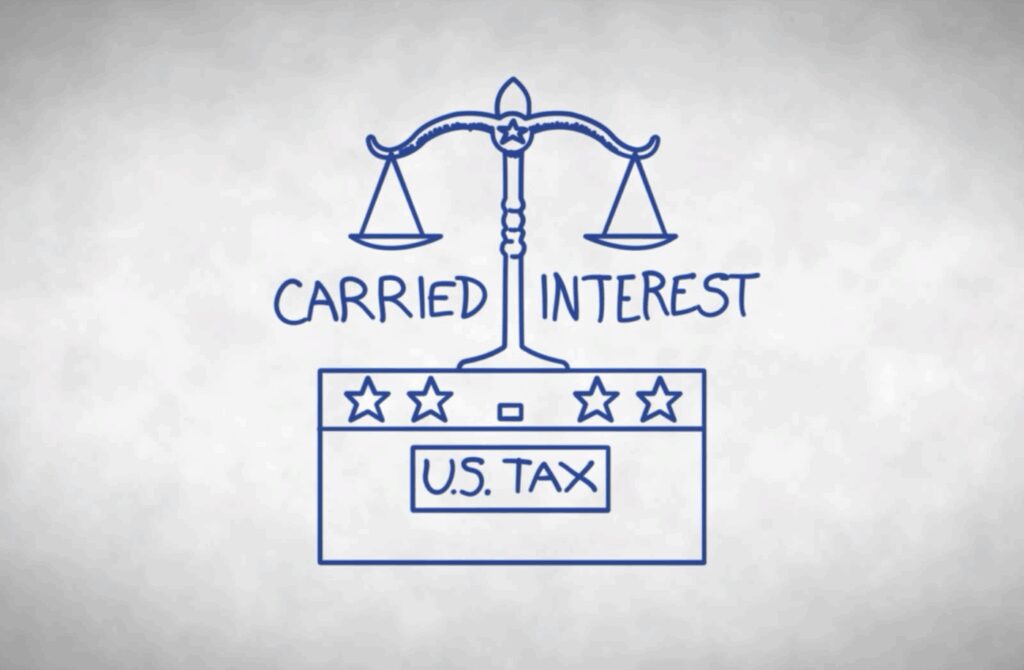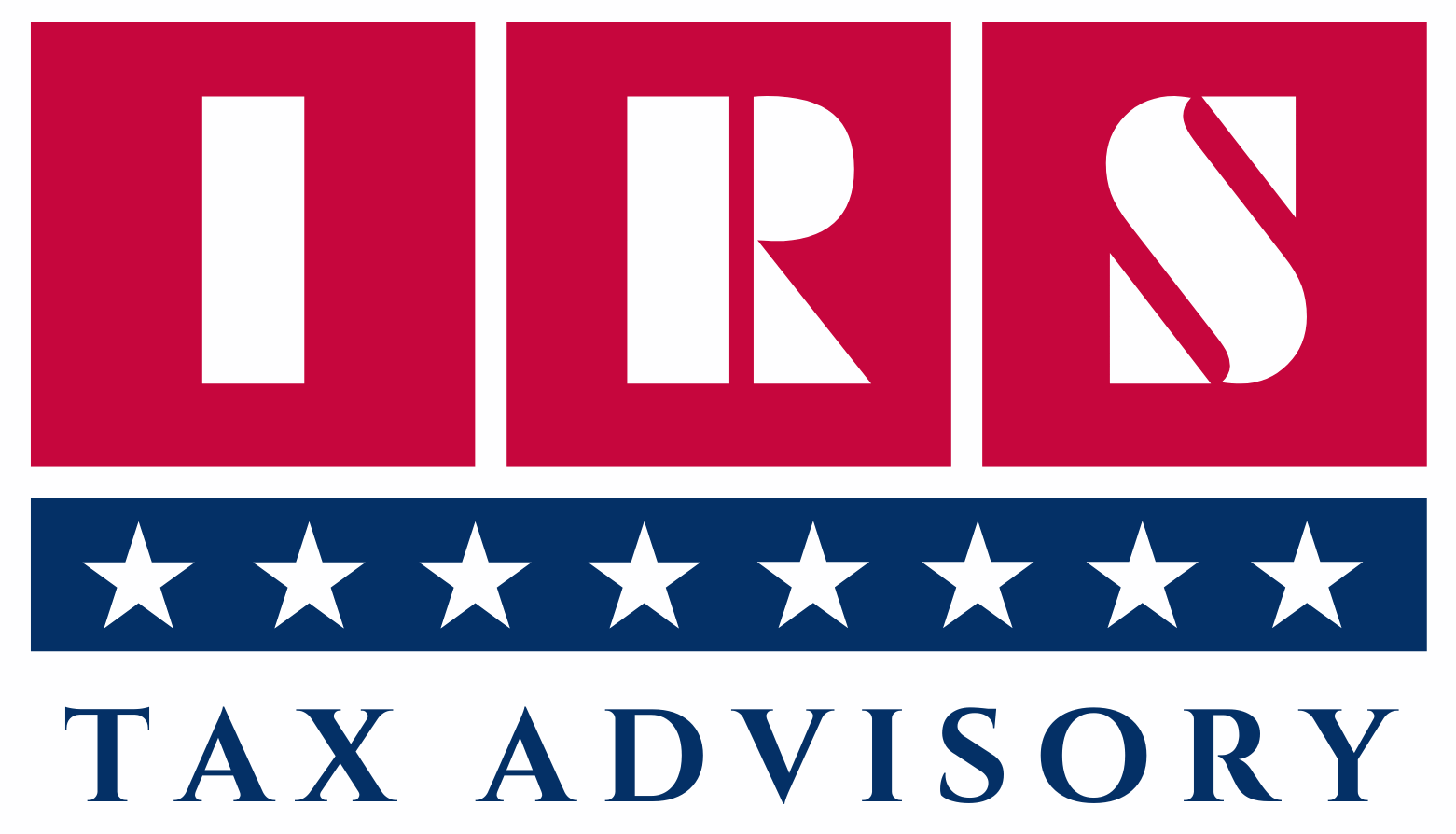Carried Interest Tax- Simplified Overview In 2025
Table of Contents
Carried Interest Tax-Complete Guide

Carried interest Tax refers to the profit share received by general partners (GPs) of private equity, hedge funds, or venture capital firms as compensation for managing investments. While it’s essentially a performance-based reward, the tax treatment of carried interest in the U.S. has been a subject of long-standing debate due to its favorable capital gains tax rate.
Carried interest is a performance-based share of a fund’s profits allocated to the general partners (GPs) — typically private equity, hedge fund, or venture capital managers — as compensation for managing investments. Importantly, this share of profits is received without any corresponding capital contribution.
What Is Carried Interest?
Carried interest (often called “carry”) is typically around 20% of the fund’s profits and is earned only after the limited partners (LPs) – the fund’s investors – receive a specified return (often called the “hurdle rate”).
Example
If a fund earns $100 million in profit, the general partner may receive $20 million in carried interest if performance thresholds are met.
Carried Interest Tax Deduction
Carried interest itself is not a tax-deductible expense for the partnership or fund — rather, it represents a share of profits allocated to the general partner (GP) or fund manager. That said, understanding how carried interest interacts with tax deductions within a partnership
Why Carried Interest Is Not Tax-Deductible
Carried interest does not meet the criteria for tax-deductibility because:
1. It Is a Profit Allocation, Not an Expense
- In a partnership structure (which most private equity, hedge funds, and VC funds use), profits are allocated to partners according to the partnership agreement.
- Carried interest is simply a redistribution of those profits to the GP.
- Since it is not a payment or cost, there is nothing to deduct.
2. No Outflow of Cash from the Partnership
- Carried interest does not require a cash payment by the fund to the GP.
- Instead, the GP’s share of profits reduces what is available to distribute to the LPs.
- Deductibility under tax law typically applies to actual business expenses, not internal allocations of profit.
3. IRS Treatment of Partnerships
- The IRS views carried interest as a share of income rather than a payment.
- It is reported on the GP’s Schedule K-1 and taxed accordingly.
- Since the GP is a partner, the IRS applies pass-through taxation rules, where each partner pays tax on their share of the income.
Effect Of Carried Interest on Fund Accounting
Carried interest has a unique and significant impact on the accounting structure of private equity, hedge funds, and venture capital funds. Unlike standard business expenses, carried interest is a profit reallocation, not a cost — and that distinction governs how it is reflected in a fund’s financials.
Let’s illustrate this with a simple example:
- A fund earns $100 million in total profits.
- The LPs are entitled to 80% ($80M), and the GP earns 20% carried interest ($20M).
What happens in accounting terms?
- The partnership recognizes $100M in net income.
- $80M is allocated to LPs.
- $20M is allocated to the GP as carried interest.
- There is no deduction for the $20M; it’s simply reallocated income.
This means:
- LPs are not taxed on the $20M that goes to the GP.
- The GP pays tax on the $20M allocated to them.
- But no one deducts that $20M on a tax return — it’s not an expense; it’s income to a partner.
What About Fund Expenses?
Fund expenses refer to the operational and administrative costs incurred in the normal course of running a private investment fund. Unlike carried interest (which is a profit reallocation), fund expenses are actual outflows and are deductible against fund income — making them highly significant in both financial and tax accounting.
Categories of Fund Expenses
Here’s a breakdown of common fund-level expenses:
1. Management Fees
- Typically 1.5%–2.5% annually of committed capital or assets under management (AUM).
- Paid to the General Partner (GP) or management company for portfolio management.
- Fully deductible by the fund as an operating expense.
2. Organizational and Start-Up Costs
- Legal, accounting, and consulting fees for fund formation.
- Under IRS rules: these may be partially amortizable over 15 years (IRC Section 709).
3. Transaction Expenses
- Costs incurred during deal execution: legal due diligence, investment banking fees, filings, etc.
- Sometimes passed directly to the portfolio company or capitalized into the investment cost.
- If borne by the fund, they are generally deductible.
4. Administrative and Custodial Fees
- Includes fund administrator fees, auditors, tax prep, custodians, and fund compliance tools.
- 100% deductible and reduce the fund’s taxable income.
5. Other Operating Costs
- Travel, research, subscriptions, technology/software, board fees, etc.
- Deductible if related to business operations and substantiated.
Tax Treatment of Carried Interest
Carried interest is not taxed as regular compensation or salary. Instead, it is treated as long-term capital gain, provided the underlying assets are held for more than three years (following the changes from the 2017 Tax Cuts and Jobs Act).
- GPs report carried interest income on Schedule K-1, typically as capital gains (if the fund meets the 3-year holding requirement).
- LPs receive a reduced share of gains on their own K-1s due to the reallocation to the GP.
Key Points
- Capital Gains Rate: Typically taxed at 15% to 20%, rather than ordinary income rates of up to 37%.
- Three-Year Holding Requirement: Assets must be held for more than three years to qualify for capital gains tax treatment.
- Short-Term Holdings: If sold before three years, gains may be taxed as ordinary income.
Carried Interest Impact on LPs vs GPs
| Role | Tax Deduction for Carried Interest? | Taxable Income Impact |
| LP | No deduction | Receives less profit allocation |
| GP | No deduction | Pays tax on reallocated carried interest (typically as capital gain) |
- Carried interest is not a deductible expense—it is a share of profit allocated to the GP.
- The fund reduces the income allocated to LPs accordingly, but not through a formal deduction.
- Proper tax treatment is critical for both GPs and LPs, especially for compliance and audit readiness.
Ongoing Debate and Proposed Changes on Carried Interest
Carried interest has attracted criticism for allowing wealthy fund managers to pay lower tax rates on what some view as compensation for services.
- Critics argue: It should be taxed as ordinary income like wages or bonuses.
- Supporters argue: It reflects a return on investment risk, justifying capital gains treatment.
Various bills (including the “Carried Interest Fairness Act”) have been introduced in Congress over the years to close this perceived loophole, but none have passed as of now.
Reporting and Compliance
Carried interest income is typically reported via:
- Schedule K-1 (from the partnership)
- Reflected on Schedule D (Capital Gains and Losses) of the partner’s individual tax return (Form 1040).
Summary Table
| Aspect | Details |
| Definition | Share of fund profits allocated to fund managers |
| Typical Share | 20% of profits after meeting hurdle rate |
| Taxed As | Long-term capital gain (if holding period met) |
| Tax Rate | 15%–20% (vs. ordinary income tax of up to 37%) |
| Holding Period | > 3 years required for favorable tax treatment |
| Forms Used | Schedule K-1, Schedule D, Form 1040 |
| Controversy | Criticized as a loophole benefiting high-income fund managers |
Conclusion
Carried interest offers a lucrative tax benefit to investment fund managers by allowing part of their compensation to be taxed at capital gains rates rather than ordinary income rates. While currently legal, the tax treatment continues to face scrutiny and potential reform. Fund managers and investors should closely monitor legislative developments and ensure compliance with holding period and reporting requirements.
FAQs on Carried Interest
1. What is carried interest and how does it work?
A high-level introductory query. Users want to understand the basic mechanics and why it exists in private equity and hedge funds.
2. Why is carried interest taxed as capital gains?
This is one of the most controversial and searched aspects. Users are seeking clarity on why it receives favorable tax treatment instead of being taxed as ordinary income.
3. How much tax do fund managers pay on carried interest?
Searchers are looking for specific tax rate percentages (e.g., 20% long-term capital gains) and comparisons to ordinary income rates.
4. Is carried interest legal tax loophole?
This reflects a growing interest in policy debates and tax fairness discussions around carried interest.
5. Is carried interest deductible?
Investors and tax professionals search to understand if carried interest is a fund-level deduction or a partner-level allocation (answer: it’s not deductible by the fund).
6. How is carried interest calculated?
This is an operational question — users want an example or formula for determining the 20% promote on profits after the hurdle rate.
7. What is the carried interest loophole?
Popularized in political debates, this term leads searchers to discussions on how private equity and hedge fund managers benefit from capital gains treatment.
8. What is the holding period for carried interest under IRC Section 1061?
This is a highly technical but increasingly searched query, especially since the Tax Cuts and Jobs Act introduced the 3-year holding period rule for carried interest to qualify for long-term capital gains.
9. Carried interest vs management fees – what’s the difference?
Users want to distinguish between base compensation (fees) and incentive compensation (carry), and how they’re taxed and accounted for.
10. Will carried interest taxation change in the future?
A common question among investors and fund managers watching proposed legislation and political efforts to close the “loophole.”
11. Who qualifies for carried interest treatment?
Searches aimed at understanding eligibility — GPs, fund managers, and those providing substantial services to the fund.
12. What are examples of carried interest in private equity?
SEO-focused informational intent — people want real-world examples of carry payouts in LBOs or growth equity.







